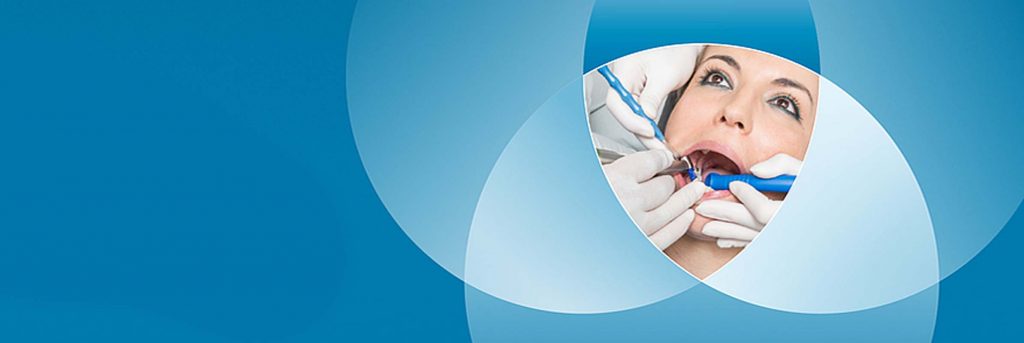
Blog
High-Volume Evacuation Versus Saliva Ejectors
Posted in Company on October 15, 2020
by: Michelle Strange, MSDH, RDH
Different dental procedures require varying tools just as a contractor would not hammer a screw when building a home—it might do a similar job, but it is nowhere as effective. The same applies to the comparison between high-volume evacuators (HVE) and saliva ejectors. Saliva ejectors tend to be used during routine and straightforward procedures where fluid needs to be removed from the patient’s mouth, whereas HVEs are necessary during more extensive dental work because of their ability to quickly remove build-up of liquids and larger solids that the saliva ejector can’t evacuate. With the added benefit that HVEs can also reduce aerosol production by 90-98%. Understanding the appropriate and proper use of both tools is vital.
Flow Rate and Suction Volume
Performing dental procedures can be challenging if a practice’s vacuum system/HVE is inadequate. Without a proper vacuum system, dental professionals could be making efforts to prevent aerosol contamination, without correctly judging the airflow level that produces adequate suction for clinical purposes. Many dental team members have walked into the office, flipped the switch on to the vacuum, compressor, and water without thinking about the system being fully capable. Most practices however do not have the ability to monitor or check air flow from the HVEs. This requires specific instruments which are only recently available through some manufacturers (such as Air Techniques). So, most practices would not be able to check this themselves or even through their dealers unless they had an AT Sales Rep or Technician do a special on-site visit. This has become even more important during the current pandemic. There is more to understand regarding the use of this great engineering control that is meant to reduce the risk of spreading aerosols including the required minimum airflow levels for producing adequate suction.
HVEs and Saliva ejectors perform two different functions
Saliva Ejectors are for removing saliva and pooling water during patient care, HVE’s are meant for specific uses during a procedure like crown preparation, extractions, and to help reduce the spatter and spray during dental hygiene procedures.
Although saliva ejectors are useful during routine dental procedures, they do not have the power needed to limit the spread of aerosols. After all, aerosols can remain in the air and travel throughout the dental practice, posing a risk to all staff, even after the infected patient has left the building. The use of a high-volume evacuator dramatically reduces the risk of these aerosols escaping from the patient’s mouth. Keep in mind this requires the dentist or hygienist to use their free hand always with the HVE, or it requires a second assistant to hold a free HVE specifically for this purpose.
HVE Tips without High-Performance Vacuum Systems
Yes, we will need a saliva ejector to help the pooling of fluid in the patient’s mouth, but an HVE will be what is needed for most of our procedures in dentistry. We create spatter, spray, and aerosols for most of what we do so becoming accustomed to using our HVE is incredibly important. However, we have to think past the HVE tip and consider the vacuum system that is really the workhorse in this situation.
To help eliminate infectious aerosols spreading throughout dental offices, the Mojave Dry Vacuum can “provide the highest operational performance” required. The higher-flow vacuum is consistent and provides an exceptional level of suction without the noise levels of older models. It can adjust speed to accommodate the number of users online without the performance suffering.
The system will always provide the right speed, suction, and flow to ensure a safe and reliable dental procedure for both the patient and the staff. With low maintenance and offering 85% energy savings compared to other systems, the Mojave can save dentists money.
HVE’s are amazing engineering controls and should be the choice for aerosol reduction during dental procedures. We just have to remember they only work when we use them and only as good as the vacuum system to support their performance.

Read Next:
How the Hierarchy of Controls will Keep You, Your Team, and Your Patients Safe
by: Michelle Strange, MSDH, RDH When we think about controlling exposures to occupational hazards in dentistry, the first thing that comes to our mind is often PPE (Personal Pr…


 Contact
Contact